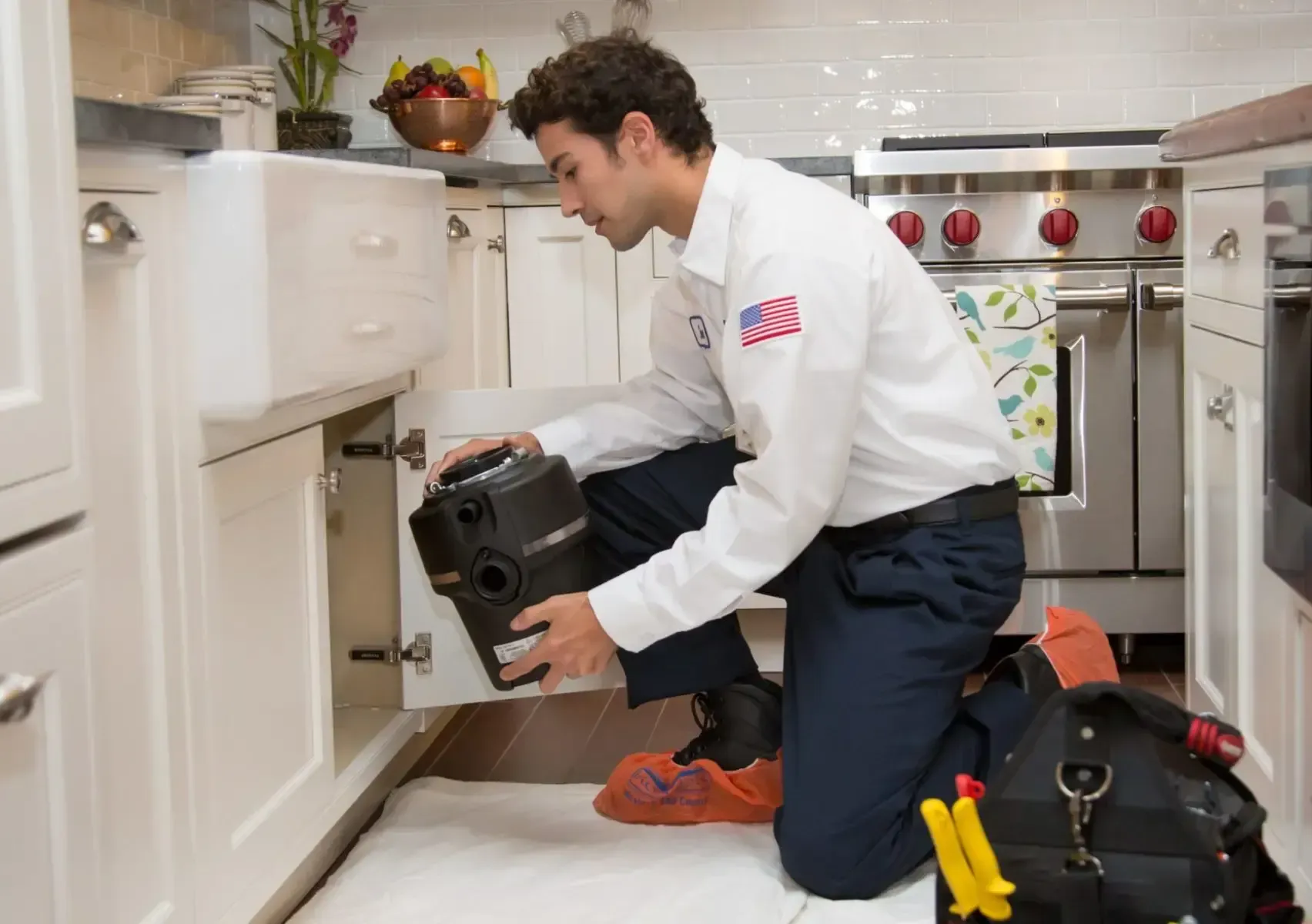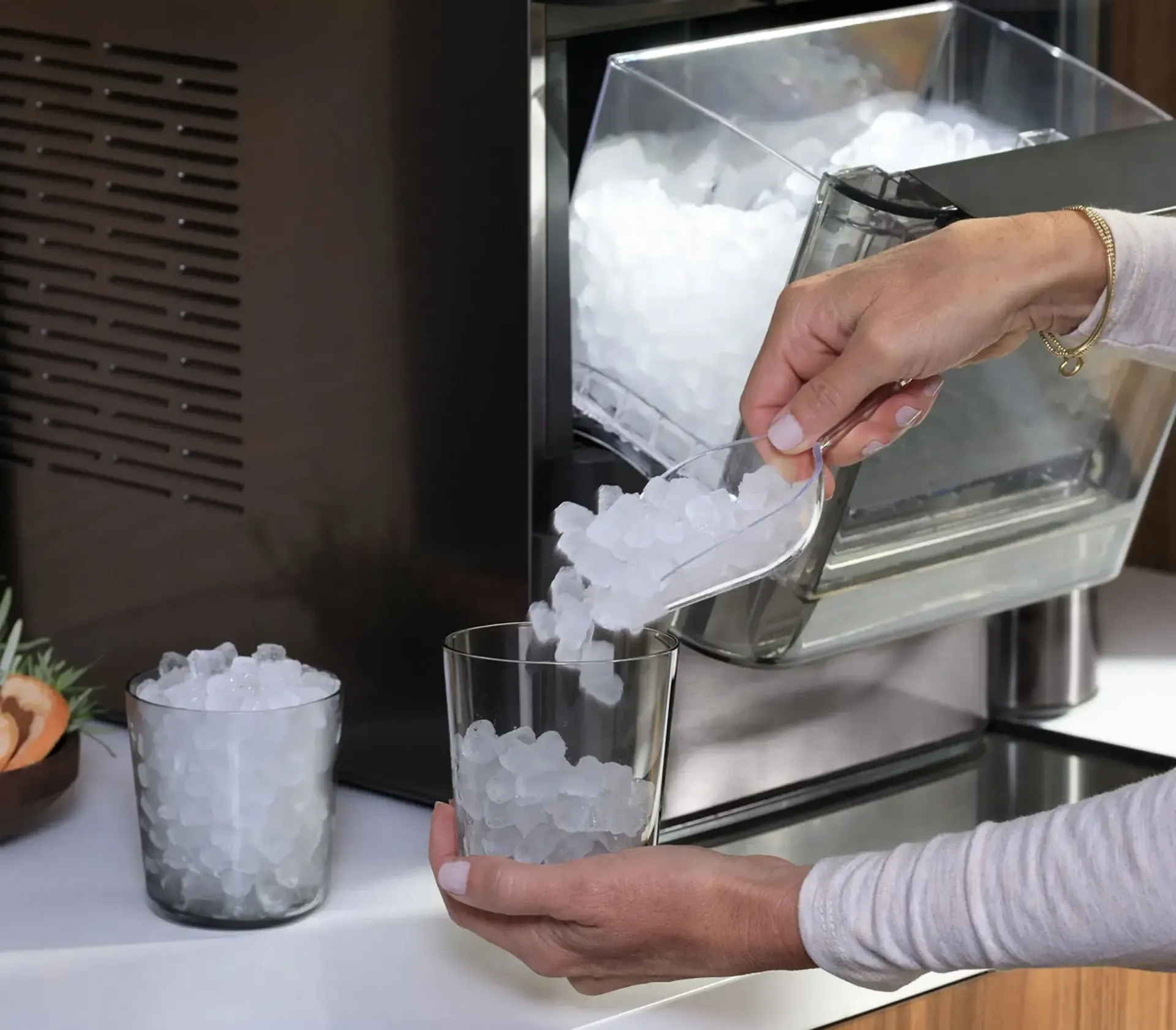We all know how frustrating it can be when appliances don’t work properly. It’s the heat of summer and you want an icy drink, but for some reason, your refrigerator isn’t producing ice. Before calling a repairman and paying a premium, let’s try to get you up and running again by looking at a few reasons your ice maker won’t produce ice.
Make sure the ice maker is turned on
This may sound obvious, but how many times do we wonder why something isn’t working, only to feel embarrassed that it was just turned off or unplugged? Buttons and switches can easily get bumped, especially when extra groceries are stuffed into an already-crowded freezer. Make sure nothing has bumped the on/off switch on your ice maker so you can rule that out.
Check the temperature setting
If the temperature is set too high in your freezer, it won’t make ice. Make sure the temperature knob is set between 0 and 10 degrees Fahrenheit. Again, the knob can easily get bumped by your groceries stacked up in the freezer, or by an arm reaching in for something. Find the temperature knob in your freezer and make sure it stays clear of clutter to keep ice production going and also to prevent groceries from thawing out.
Check for jammed ice
If ice is jammed up, which can occur if the ice bin was full at some point or not used frequently, the ice maker may not produce more ice until the jam is cleared. Check for any place where the ice may be stuck and preventing new ice from dropping.
Check your water filter
If the temperature hasn’t fixed the problem, check your water filter. If the filter is dirty or clogged, it can prevent water from getting into the icemaker, or it can at least drastically slow down the seeping of water into the icemaker. Without water, there is no ice. The filter should be changed periodically to prevent clogs and keep everything functioning properly. Sometimes the refrigerator will have a red or green light to indicate the filter is good or if it needs to be changed.
Check the valves
Finally, make sure the water lines and coils are not frozen or clogged. If they are hardened or stopped up, no water will get into the icemaker. For frozen lines, use a hairdryer to gently thaw the lines, being careful to not melt any plastic lines or connectors. If they are not frozen, but potentially clogged, remove the water inlet valve and check for lodged junk. These can be cleaned out to ensure proper water flow. To find the water inlet valve on your refrigerator, check your refrigerator’s documentation, or find a guide online for your specific model. Once the valve is cleaned out, put it back in its place and try again to make ice.
If none of these troubleshooting methods have helped, contact a Fix Appliance Repair company in your area to take a look at it.



